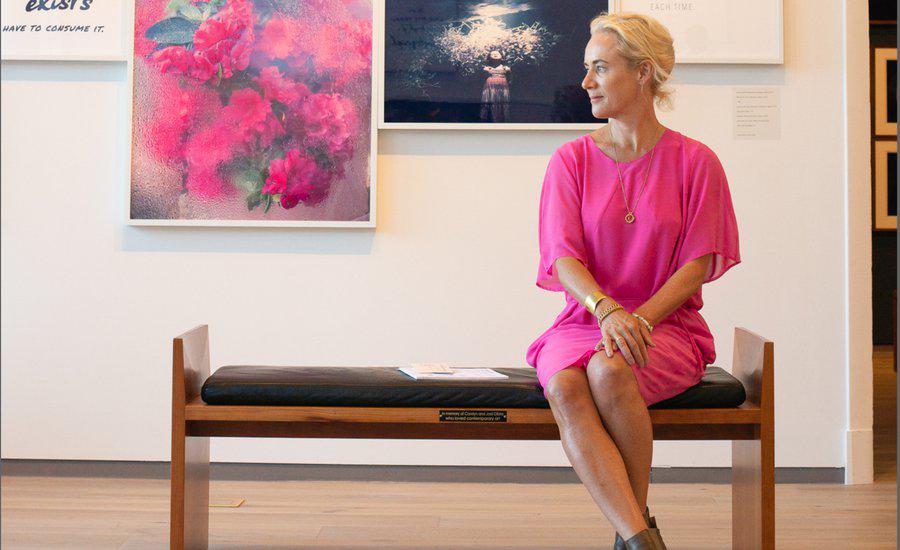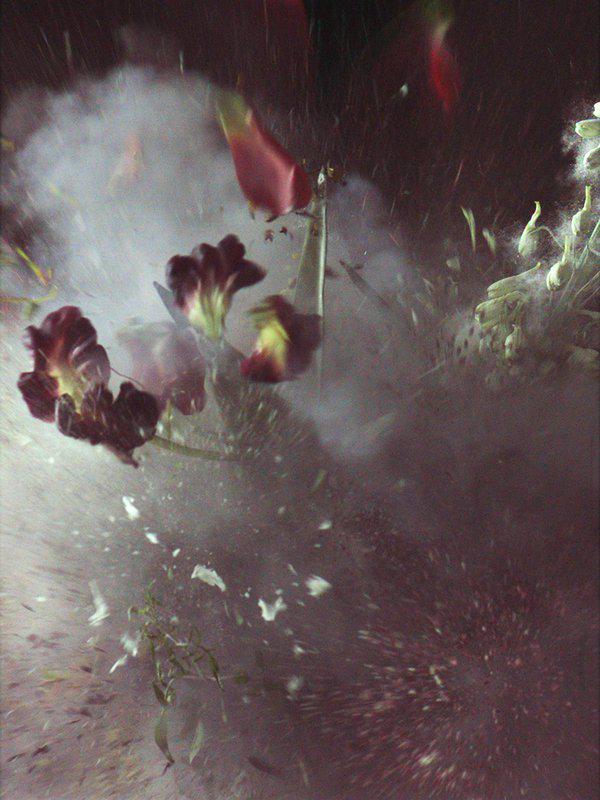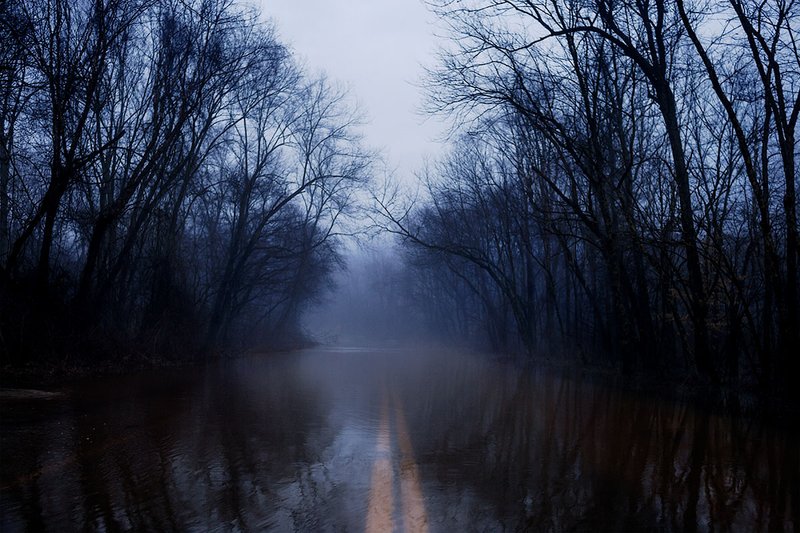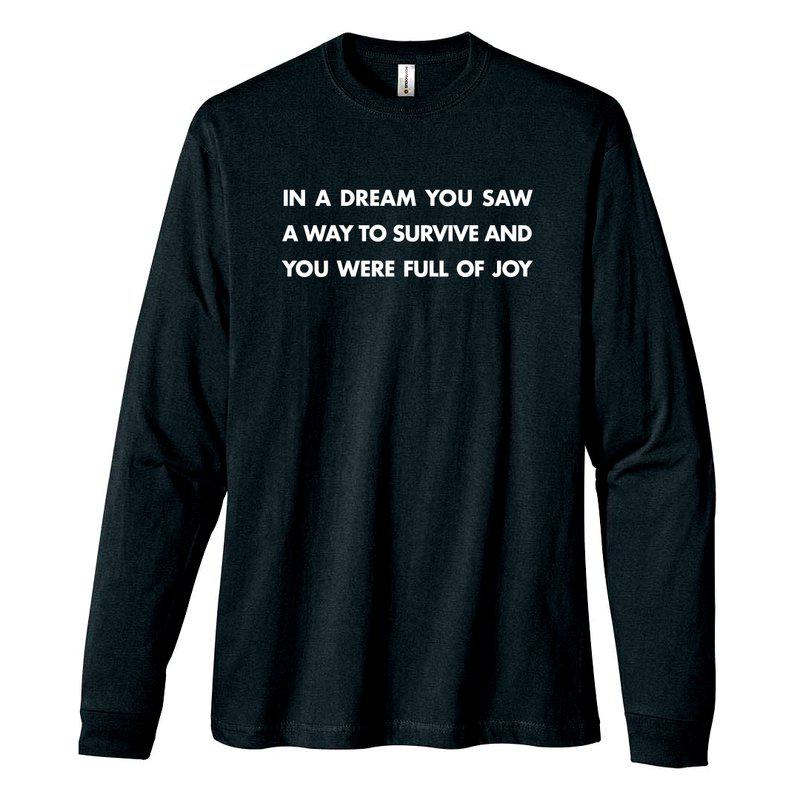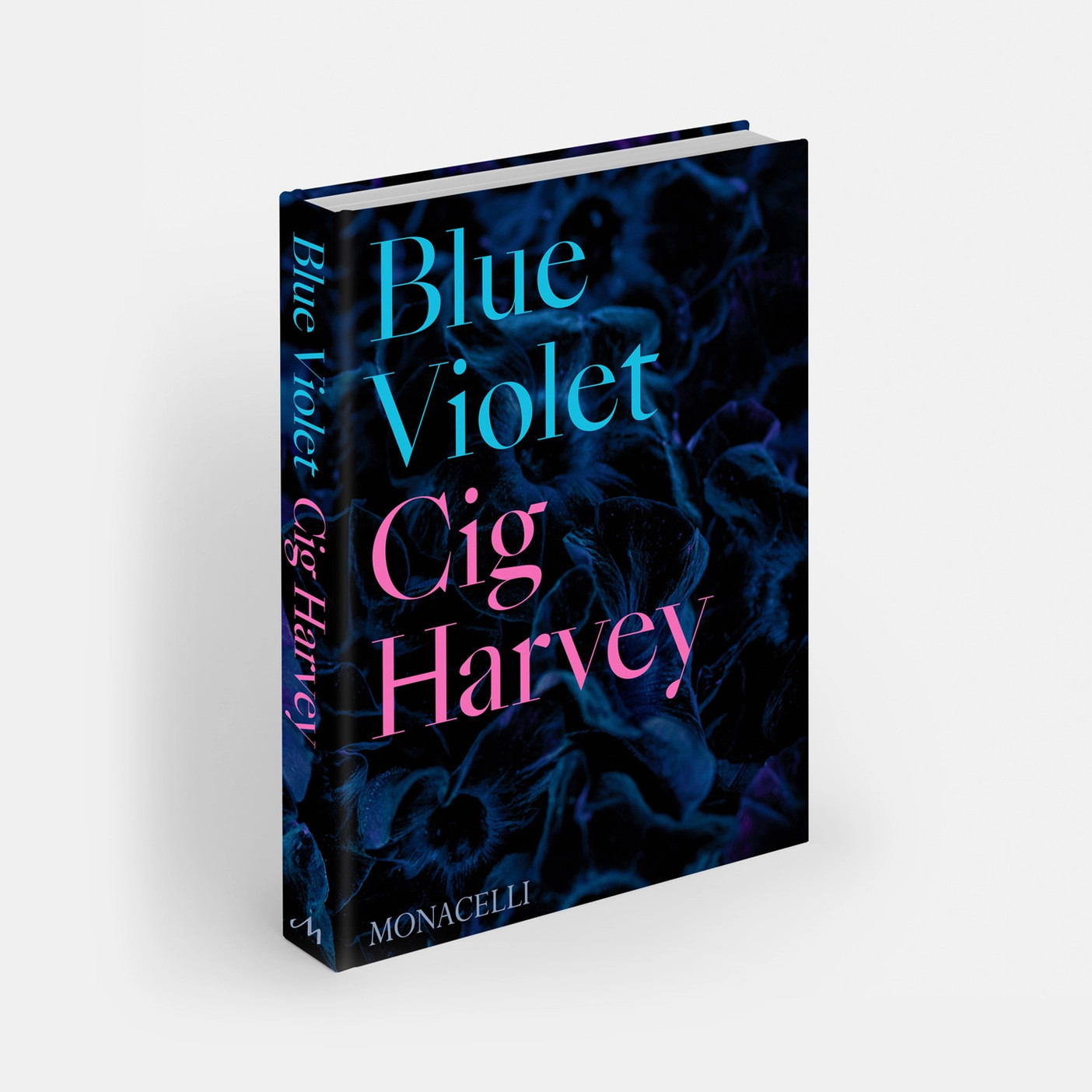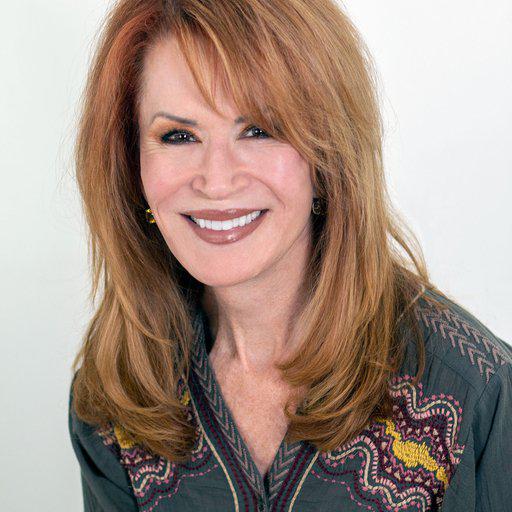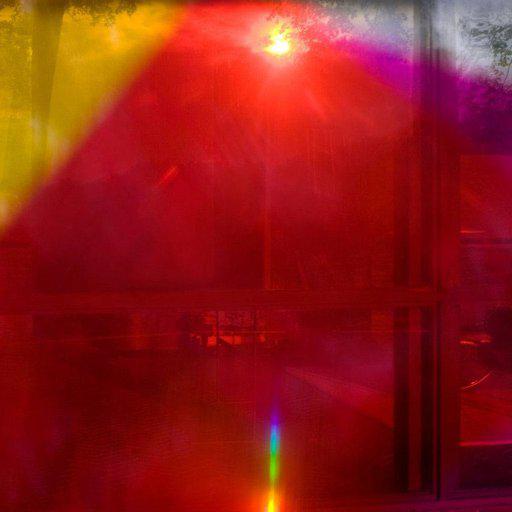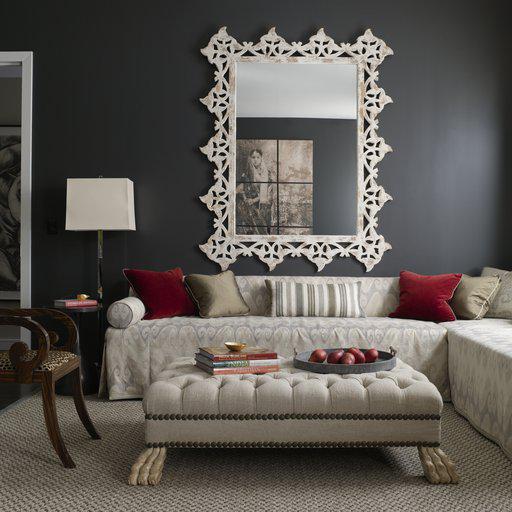In a recent interview with the American curator Donna McNeil, Cig Harvey made an impassioned appeal for art’s role in opening oneself up. “If we feel more, I feel we will have more compassion,” she told McNeil. “I use all of the formal devices that I have as an artist to ask, ‘How can I get you to look? How can I get you to live more?”
Those devices are certainly working. Over the past two decades this British-born, US-based fine-art photographer has instilled a heightened sense of awe, beauty and compassion within thousands of art lovers, via her fantastical, narratively rich imagery, which is strongly rooted in the natural world.
Raised on the rural Moors of Devon, England, Harvey received her MFA from Rockport College in 1999 and has since had her work featured across a wide range of media including: The New York Times, BBC, Vogue, The Wall Street Journal, Vice, The Sunday Times, The Independent, Marie Claire Italia, and New York . She is represented by Robert Mann Gallery, New York; Jackson Fine Art, Atlanta, Georgia; Dowling Walsh Gallery, Rockland, Maine; Robert Klein Gallery, Boston; and Kopeikin Gallery, Los Angeles; and she is the author of four monographs, You Look At Me Like An Emergency, Gardening at Night, You an Orchestra You a Bomb and her most recent book for Monacelli, Blue Violet. To mark the publication of this new book, Harvey has chosen a handful of works from the Artspace archive that are meaningful to her.
Harvey, herself, is pretty relaxed when it comes to displaying works in her own home in Maine. “I’m definitely a maximalist,” she admits. “More is better." Many of the works she has on show came to her via trades with other artists and are hung in a salon style, pretty much anywhere Harvey sees fit.
“I’m not measuring,” she explains. “I just bang a nail in the wall and start hanging.” Her rough rule-of-thumb, when it comes to this manner of display, is to keep about two inches between each picture. However, she’s pretty catholic when it comes to styles, periods and genres.
 Cig Harvey photographed by Alissa Hessler
Cig Harvey photographed by Alissa Hessler
“I love text on the wall and neon and photographs and paintings,” she says. “For me that shows a full experience, a full life. I mix black and white and color. I really want someone to come in and really read the wall. My husband [filmmaker Doug Stradley] laughs at me because I sometimes hang a piece just to cover up a gauge in the plaster. I don’t stress about things like that, I just get it on the wall and love it. I’m really free too, and I move things about.”
This movement, she reasons, brings increased engagement, and also allows a work to respond to different settings. “I love the idea of changing the light, changing the location, changing how artworks talk to each other,” she goes on. “One photograph next to another can really be in dialogue, in concert with each other. So I love that sequencing and discussion.”
The sequencing gets a bit less frenetic in Harvey’s bedroom, which is the one room in their house with fewer works on the walls. “It’s more peaceful; it’s less of a cacophony. “In the family’s converted barn, however, the art runs riot, with one wall dedicated to thrift-market oil paintings Harvey has acquired “It’s very alive, very energetic, very vibrant.”
She’s also acquired a newfound love for vintage flower paintings, as well as a taste for signage. “I was looking on Artspace for neon signs but you don’t have so much,” she explains. “But old signs, old embroideries, I love too.” Read on to see what she did pick, below.
ORI GERSHT - Time After Time - Untitled No. 27 , 2007
I absolutely love his work, I find it breathtakingly beautiful. (I would also love to pick Blow Up and Untitled number 19). Ori Gersht’s photographs slay me. What he’s doing is playing with the element of time. The currency with photography is time - that’s what we deal with. These tiny increments of time: the shutter speed of a 60th or a 125th or a 250th of a second. Because my work is all about the senses, I spend my life using these tiny increments of time to talk about what it is to be human, what is to feel. What is time for humans? And I love the fact that we’re dealing with this tiny amount of time to talk about time in this existential sense.
He creates these gorgeous still lifes, often using flowers, often involving very beautiful classically beautiful objects - metaphors - and they often have this Flemish feel to them in terms of how he uses color. And then he photographs them with a custom-made camera that has different shutter speeds - almost scientific shutter speeds. And he photographs them in their absolute moment of destruction.
In many ways I’m drawn to the natural world because of the cycle of life and the ephemeral nature of flowers and their beauty, meaning that you have to be present right now. And what I love about his work is that he photographs it in the act of being destroyed. So it’s a real gut punch. It’s about what our eyes don’t see, it’s about what happens at this speed when something is being blown up. For me, his work is about how photography can show us more about the world than our eyes can ever show us.
It’s the idea of turning still life on its end - we never get to see the world this way. I love the fact that it’s beauty but also damage, it brings together this confluence of opposites that I really respond to. In a way I don’t want to know how he does it!
KATHERINE BRADFORD – Liner, Red/Maroon , 2008
I really want to highlight her work. She’s just starting to get the recognition she deserves and win awards. I think she’s an extraordinary painter. She takes people out of their everyday environment and takes them sometimes into the cosmic world, sometimes the ocean - somewhere where we’re separated from the daily. But the subjects of her paintings are also often doing mundane things such as swimming.
So it’s about connection, it’s about touch and the senses as well. I think she distils complicated ideas into what appear to be simple paintings. And that’s one of the things that I love about her work. They’re really complex in a very direct way. I love the way she paints the night sky, and I also love her sense of color. She really takes it seriously. And I respond also to the idea of play and the sense of humor in her work. She paints from her imagination and her people are always very busy, they’re always doing something.
She’s trying to present the world in a way that we don’t see so it’s very different to photography, which is perhaps another reason why I respond to it.
LAURA LETINSKY – Untitled #21 , from the series Ill Form & Void Full , 2011
I think her palette is extraordinary. Her work is instantly recognisable. Again, I think what all of the people I have selected have in common is this idea of deep beauty and a sense of form. So it’s that coming together with the content – it’s not just one or the other. What I love about the content of this piece is the idea that we can make something from nothing.
She’s spent her life’s work looking at stains, looking at the remnants of what is discarded from, say an everyday meal. Or what is discarded, what’s left behind. I think is an extraordinary way to live. She photographs with a large format camera with a small depth of field. Sometimes you can actually see the fruit or the stain change over a 20-hour period. So you’ve got a shutter speed of 20 hours and once again we’re coming back to this currency of time. You can see things almost start to decay – like peaches becoming fuzzier over that period of time. Without knowing the background to her work it’s hard to put your finger on ‘well why does that peach feel that way?’
I often think about these pieces of hers, and I don’t think this is actually what she does but I’ve sort of made it up in my own mind that you can photograph a life by the stains that are left behind. I’ve never heard her actually talk about them in that way but I love the idea that what is left behind in our everyday can be just as beautiful. Once we get into time as a content it becomes much more philosophical.
MATT EICH – The Road Home (As the Winter Snows Melt) , 2007
He’s a photographer who really walks the walk. He’s from Ohio and he makes work about the community that he lives in, and his family. It’s just brave, bold documentary from a really great contemporary photographer. I’ve collected a few of his photos including one of a zebra in someone’s back yard.
He has a couple of books out. One is called Carry Me Ohio which is an extraordinary body of work. It’s documentary but they’re also very poetic. The way he uses the camera to tell these stories is fantastic. He also uses light in an extraordinary way. Some of them are moody or difficult to look at but it’s all about how he uses light and color and form.
These are not constructed images; he’s out there in the world. The way he uses the frame is also really interesting. When I look at his photographs I learn more about the world and people’s experiences. His experiences expand my world. My first love was documentary and then I drifted more into telling my own story. Which then led to constructed photographs and then a hybrid of constructed and found.
I have a deep love for the found image. There’s something really pure about that. When I first fell in love with photography at the age of 13 The Independent on Saturday used to have these 16-page photo essays and they’re the reason I became a photographer. Chris Killip’s book, In Flagrante, was also a huge influence. And I still get excited by documentary projects and street shooting. It’s the heartbeat of photography and something that the camera can do that the paintbrush maybe can’t.
Every day I go out with my camera. Being out in the world with your camera is kind of like having a Ouija board, it leads you to discover your subject matter, to discover what you care about in the world. It does nothing but give back. Whether you’re drawn to photographing this forest, or that hospital – the subject matter tells us what we care about.
And also, cameras give us this opportunity to stare and even to go into people’s homes. I would never walk up to someone and say, ‘can I come into your house?’ whereas if I meet them on the street, and end up talking and taking photographs, then sometimes I’m suddenly in someone’s home. It’s an extraordinary medium. Without the camera you’re just a weirdo staring! But the camera gives us licence.
I have a little Leica that I always have with me. For me having a camera is like having a pen. It’s like taking notes. What was I interested in today? What stopped me in my tracks? What do I need to appreciate? What did I think was extraordinary, or beautiful, or strange, or worrying? It becomes a visual note-taker.
JENNY HOLZER – IN A DREAM YOU SAW A WAY TO SURVIVE AND YOU WERE FULL OF JOY
It was a tough choice. But I love her truisms, her affirmations. They’re funny but really powerful. I’m always searching for a way to make words more visual and I love how she does that. I love this idea of ‘in a dream you saw a way to survive’. It’s honest but also cutting; it involves humor, it involves ‘smart’.
What I love about that tee shirt is that it’s of the everyday. It’s ordinary. I like this idea that we can make art from the everyday, and that’s what it’s all about, that it’s about the senses, the feelings and the difficult business of being human.
My central theme is about the senses and what it is to be human, but my work is very much based in reality. I have to get up at 5am and see that light. It has to exist for me in the real world. I love that in Jenny Holzer’s work, art is not this thing that is over there, it’s a part of our lives. It’s accessible to all. I really push against that idea that if something can have widespread appeal then it’s somehow lesser. I hate that kind of snobbery. She is a breath of fresh air.
If you’ve enjoyed Harvey’s selection, consider investing in a copy of
Blue Violet
. This new book is a vibrant meditation on the procession of seasons, sensory abundance, and the magic in everyday life. Part art book, botanical guide, historical encyclopedia, and poetry collection, Blue Violet is a compendium of beauty, color, and the senses. Plants, flowers, and our experience of the natural world are the threads that tie this unique book together. Exploring the five senses, Blue Violet takes the reader on a personal journey through nature and the range of human emotions. As with her previous three titles–You Look At Me Like An Emergency, Gardening at Night, and You an Orchestra You a Bomb–this book invites the reader to pause, laugh, cry, create, and become more aware of the natural world. Images and text in a variety of forms (prose poetry, recipes, lists, research pieces, diagrams) focus on immediate experience to understand the vibrancy of the senses on memory and feelings.
You can find out more and order a copy here.











